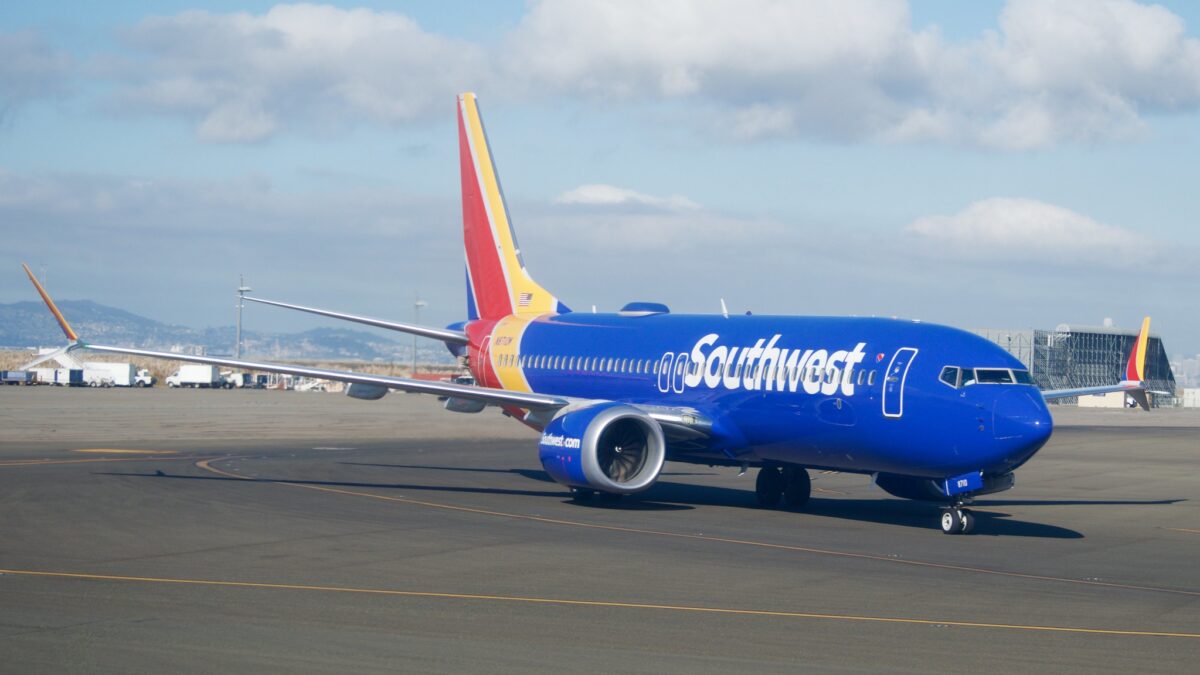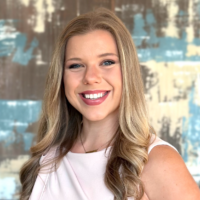The 1990s should have been a golden era for air travel, what with in-flight smoking newly banned and the Twin Towers still standing. Instead, times were tough. A recession meant flying was off the table for many Americans, and thus, airlines were doing whatever they could to get bodies in seats.
To that end, Southwest kicked off a promotion in ’91, offering two seats for the price of one. It was called “Friends Fly Free,” and it was such a hit that the airline company extended the gimmick for the next five years.
Now it’s 2023, and times are tough again. In the economy, sure. But also for anyone looking to fly Southwest anytime soon. That’s because the airline effectively just kicked off a new promotion courtesy of a bunch of plump TikTokers:
Fatties Fly Free.
“Low-cost carrier Southwest Airlines is being celebrated by ‘passengers of size’ on TikTok after they discovered they can request complimentary seats — one or two, depending on needs — to accommodate their girth,” Fox Business reported this week. “Customers whose bodies ‘encroach’ past the armrest are entitled to an extra seat, according to Southwest’s inclusion policy.”
One or two?
So, let me get this straight. Non-obese customers will have to pay extra so our sedentary airborne friends can “encroach” into the second — or third — seat they’re “entitled” to? It doesn’t take a fancy economist to grasp how basic supply and demand work. Any secondary seat reserved at no extra cost for one traveler is one less seat available for a paying customer. Supply goes down. Prices go up. You pay more.
Listen, I’m all for overweight passengers having a little extra elbow room. And Southwest really seems to be onto something there, saying in its “Customer of size” policy: “The armrest is the definitive gauge for a Customer of size. It serves as the boundary between seats. If you’re unable to lower both armrests and/or encroach upon any portion of a seat next to you, you need a second seat.”
Amen. There’s nothing I hate more than waking up from an uncomfortable, 40,000-foot nap to find my seatmate’s sprawling caboose taking up half the seat I paid for.
But that’s just it. I paid for this seat. You paid for that one. And if you can’t contain yourself inside yours, you should foot the bill for the extra space. You can have all the extra seat space you want — aaand you can find the market price for that extra space here.
Maybe you think that’s rude or unfair or “FATPHOBIC.” After all, airlines make allowances for people who have disabilities or are toting kids around, you might retort. But let’s unpack that. What’s unfair about a mother paying only one fare for herself and her infant? The only reason children under 2 years old fly free is that they’re not allowed to take up any extra seat space. They’re lap-flyers only, confined to the space between the two armrests of the buyer. And airlines take the stipulations pretty seriously. Here’s American Airlines’ rule:
Only 1 infant may be seated in the lap of each ticketed accompanying adult and the infant must be included in the reservation. … The infant must be under 2 years of age for the duration of the trip. If they turn 2 during a trip, they will need their own seat for the remainder of the trip. … If your infant will travel in their own seat, you must buy a ticket.
Southwest is similarly strict, emphasizing that a child younger than 2, “not occupying a seat, may be carried as a Lap Child.” Oh, and make sure you have the infant’s birth certificate or passport handy because the only way to avoid paying a second fare is to prove your baby has been outside the womb for less than 24 months.
In other words, the moment the toddler celebrates his second birthday, that 27-pounder and his petite mother are required to buy two seats, all while the pudgy passenger princess is permitted to take up her full row at no extra charge.
One of my colleagues doesn’t seem too worried. He’s a Southwest devotee, a perpetual “Group A” boarder, and — to ensure he gets optimal seating — very committed to the calculus-esque formulas required by the company’s unique boarding process. According to his mental computations, this won’t affect him.
But what happens when an “A” boarder who strategically picks his seat gets tapped on the shoulder by a flight attendant who just finished her corporate diversity training to let him know it’s time to move to a middle seat because some overweight “C”-grouper is “entitled” to the middle seat in his row — and the seat he’s in.
Maybe that’s incompatible with the culture of Southwest. We’ll see. But I know a brand captured by radical leftism when I see one, and Southwest’s DEI landing page reeks of it.
Of course, not everyone’s mad about the policy. Jae’lynn Chaney, who fancies herself as a “plus size travel expert,” expressed her excitement to Fox Business.
“Super fat is how we identify,” Chaney said. “There’s a spectrum of fatness. … I just felt really happy that there was something like this for people.”
Well, I suppose I’d be happy if other people picked up the tab for my comfort too.
On second thought… Excuse me, Southwest? Yes, I identify as 800 pounds.








